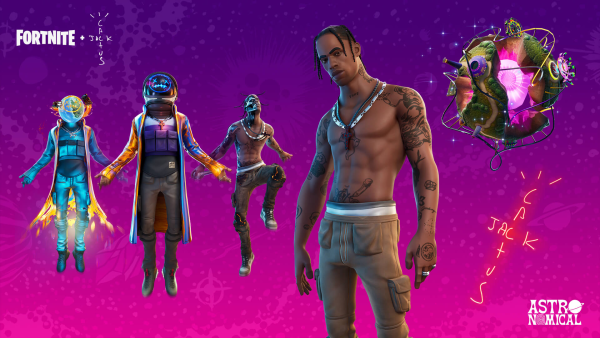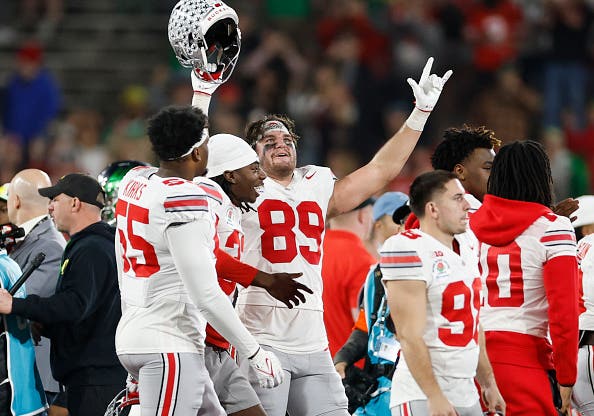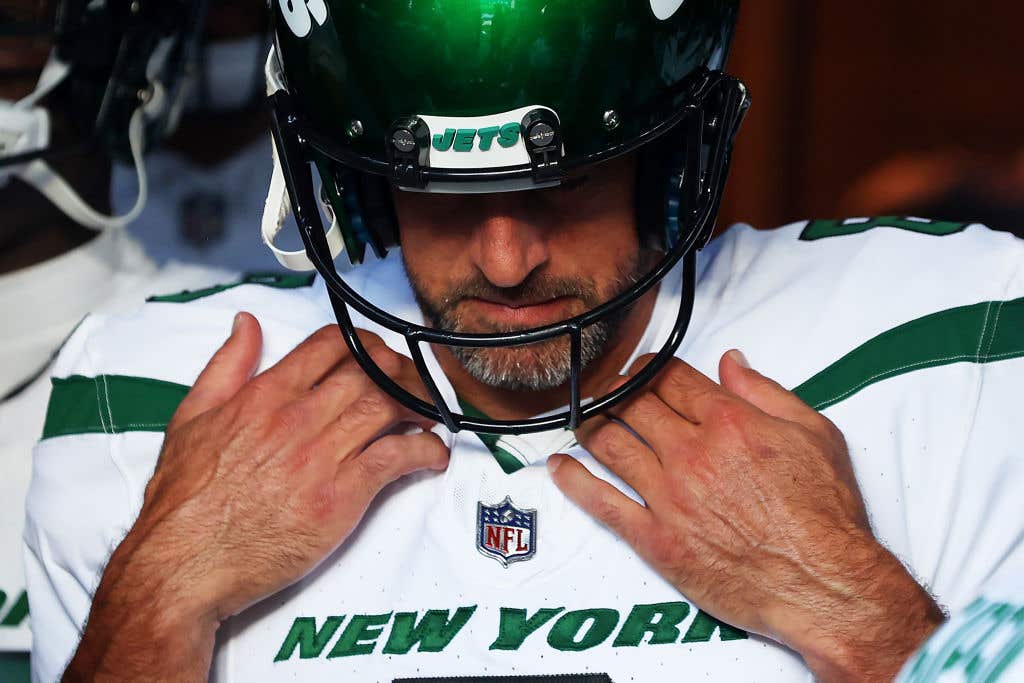
Over this weekend, Fornite wowed gamers with an in-game performance from rap artist Travis Scott. The concert drew in over 12 million concurrent people and once again setting the bar for gaming events.
A Massive Event
Online games often have special events during holidays or with brand crossovers but Fornite is taking that concept to a new realm. Two years ago they introduced a new mode that let you play as Thanos from the Marvel Cinematic Universe. Last year they raised the bar even more with a live performance from EDM DJ Marshmallow and a preview of Star Wars: The Rise of Skywalker. And none of us can forget the "Black Hole" event which might have been the most extra way to take servers down for an update. But this event took the cake in terms of setting the standard for what Epic Games and Fortnite could do in the future.
The concert itself was visually stunning. As Travis Scott performed some of his biggest hits like "goosebumps" and "Sicko Mode", the map saw itself dwarfed by a giant speaker globe. Neon lasers and flames overtook the horizon before throwing players into oceans and supernovas. All of it set to the stomps of a 50-foot effigy of Scott. Just the visuals alone were worth seeing how Fortnite manipulated the game engine. As everything was performed with in-game graphics. No elements of the concert looked pre-rendered or played as videos in the game's skybox. As the finale of the performance, Scott debut the "Astronomical" track with Kid Cudi, capping off the nearly 11-minute experience.
A Logical Progression?
But the Astronomical event raises another question. Is this the future of music events in a post-COVID-19 world? The mayor of Los Angeles, Eric Carcetti, said to the LA Times this month that its possible live sports and concerts won't return until 2021. Many other cities are contemplating a similar approach. And virtually all of the western world is under strict shelter-at-home order until at least mid-May. Taking these factors into account, it's hard not to look at digital performances as a new evolution of "live" entertainment.
In the early 2010s Japan was already making hologram performances of Vocaloid characters like Hatsune Miku. As time went on hologram performances grew in popularity. And by 2012, we were already getting hologram performances from deceased artists like Tupac Shakur. But the hologram wave never truly cemented itself as a stable of live concerts. The novelty wore off and there's something to be said about seeing your favorite artist in the flesh. There's something still very "uncanny valley" about dead artists saying words they couldn't have possibly said. Or anime characters hip-swaying in front of 40,000 people. But the holograms proved the fact that you didn't really need the artist to be physically present to "be there". The energy from fans during hologram concerts was just as real as anything else.
The Future of Performance?
But now as the world looks at nearly a year of limited live events, perhaps gaming can replace a part of that feeling. Travis Scott's performance didn't have that same level of unease that holograms do. Mostly because you are experiencing the performance through your own digital avatar. And through that comes a very different sort of collective experience. One that mimics some of the more shocking moments in World of Warcraft as opposed to Woodstock. Fortnite keeps pushing the boundaries when it comes to these live performances. It wouldn't be far-fetched to see special event passes for sale, in-game, to attend these concerts. And to be honest, I don't think gamers would reject it.
COVID-19 continues to cast an ominous cloud over what our future looks like. But one thing is for certain, the concept of online events and digital concerts have passed the proof of concept. Expect to see the world's first digital superstar very soon. Travis Scott already made the first move.
Written by Norris Howard - CheckpointXP





